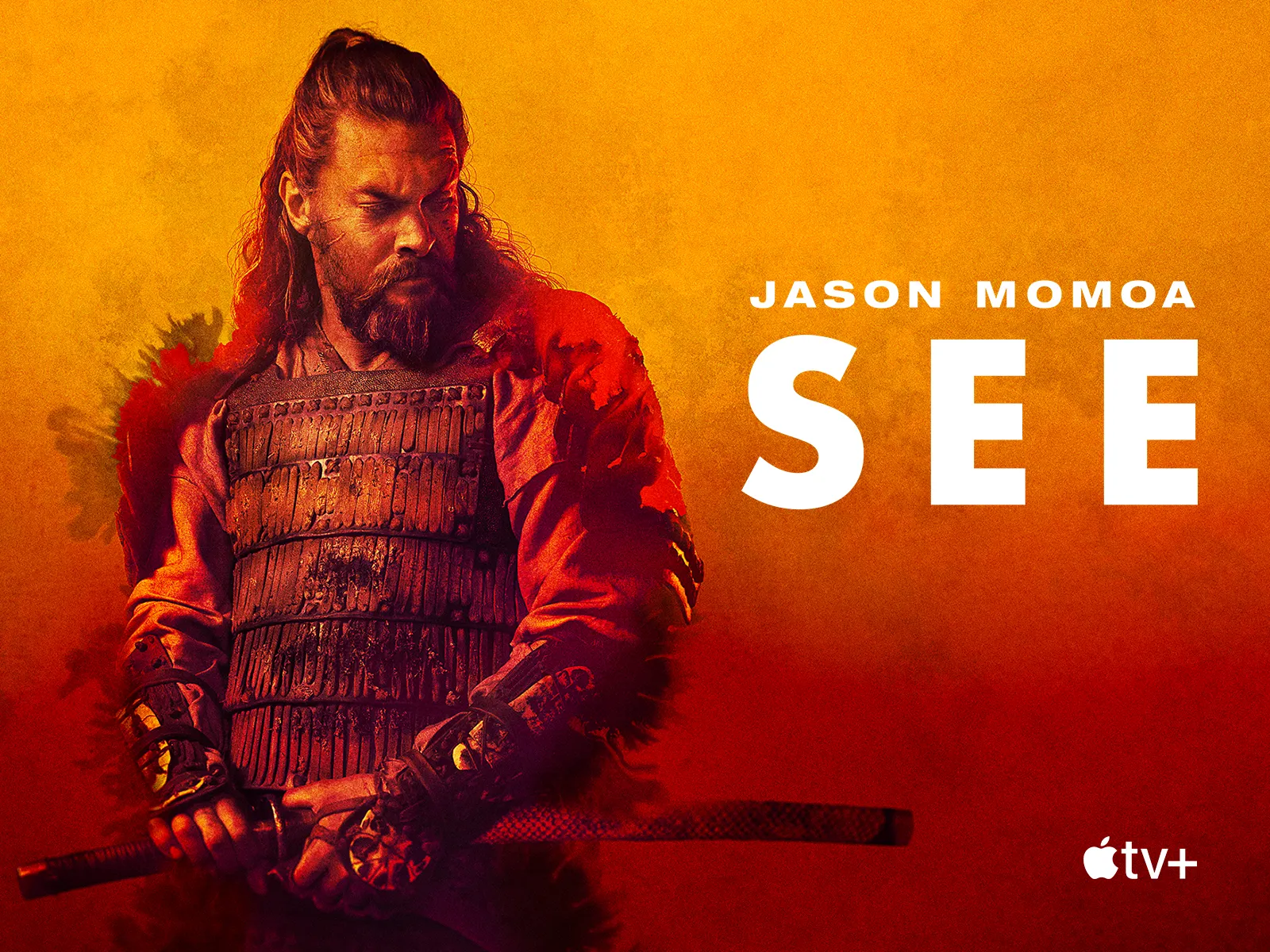Jeremiah Johnson (1972) – A Detailed Overview
Jeremiah Johnson is a 1972 American Western film directed by Sydney Pollack and starring Robert Redford in the title role. The film is based on two books: Crow Killer: The Saga of Liver-Eating Johnson by Raymond Thorp and Robert Bunker, and Mountain Man by Vardis Fisher. It tells the story of a man who chooses to abandon civilization and live in the rugged wilderness of the Rocky Mountains.
Plot Summary
Set in the mid-1800s, the film follows Jeremiah Johnson, a disillusioned Mexican War veteran who travels into the remote and unforgiving wilderness to become a mountain man. Seeking solitude and peace, he hopes to live off the land and escape the chaos of society.
At first, Jeremiah struggles to survive. The harsh climate, lack of food, and his inexperience with mountain life nearly lead to his demise. However, he receives guidance from an old trapper known as Bear Claw Chris Lapp, who teaches him essential survival skills such as hunting, trapping, and dealing with Native American tribes.
Jeremiah gradually becomes skilled at living off the land and earns the respect of both the wilderness and its native inhabitants. He adopts a young boy, Caleb, whose family was killed, and later marries a Native American woman, Swan, as part of a peace arrangement. For a time, he enjoys a peaceful life with his new family.
Tragedy strikes when a U.S. cavalry unit forces Jeremiah to lead them through a sacred Crow burial ground. Although the mission is successful, it provokes the wrath of the Crow tribe. In retaliation, they kill his wife and adopted son. Devastated and enraged, Jeremiah wages a one-man war against the Crow warriors, becoming a legendary figure known both for his survival and vengeance.
In the end, after many years and countless battles, Jeremiah is seen as a changed and weary man. He encounters a Crow chief who raises his hand in a gesture of peace, hinting that the cycle of revenge may be over.
Themes
Jeremiah Johnson explores several profound themes:
-
Man vs. Nature: The film emphasizes the struggle and harmony between humans and the natural world.
-
Isolation and Self-Reliance: Jeremiah’s journey is one of self-discovery through solitude and personal resilience.
-
Revenge and Redemption: The story questions the cost of vengeance and whether peace can ever be truly achieved after great loss.
-
Cultural Encounters: It also reflects on the complex relationships between settlers and Native American tribes.
Cinematography and Direction
The film was shot on location in Utah, showcasing the stunning, snow-covered landscapes of the American West. The cinematography by Duke Callaghan adds an epic and immersive quality to the film, highlighting both the beauty and danger of the wilderness.
Director Sydney Pollack masterfully blends action, drama, and introspection, allowing the story to unfold in a natural and often poetic way. The pacing is deliberately slow at times, reflecting the rhythms of life in the mountains.
Performance
Robert Redford delivers a powerful and nuanced performance as Jeremiah Johnson. With minimal dialogue, Redford communicates the character’s transformation through facial expressions and physical presence. His portrayal captures both the strength and vulnerability of a man seeking purpose in the wild.
Legacy
Jeremiah Johnson has become a classic of the Western genre and is often praised for its realistic portrayal of mountain man life. It marked a turning point in Westerns, moving away from traditional cowboy tales toward more introspective and character-driven narratives. The film also helped solidify Robert Redford’s status as a major Hollywood actor.

-1755139727-q80.webp)

